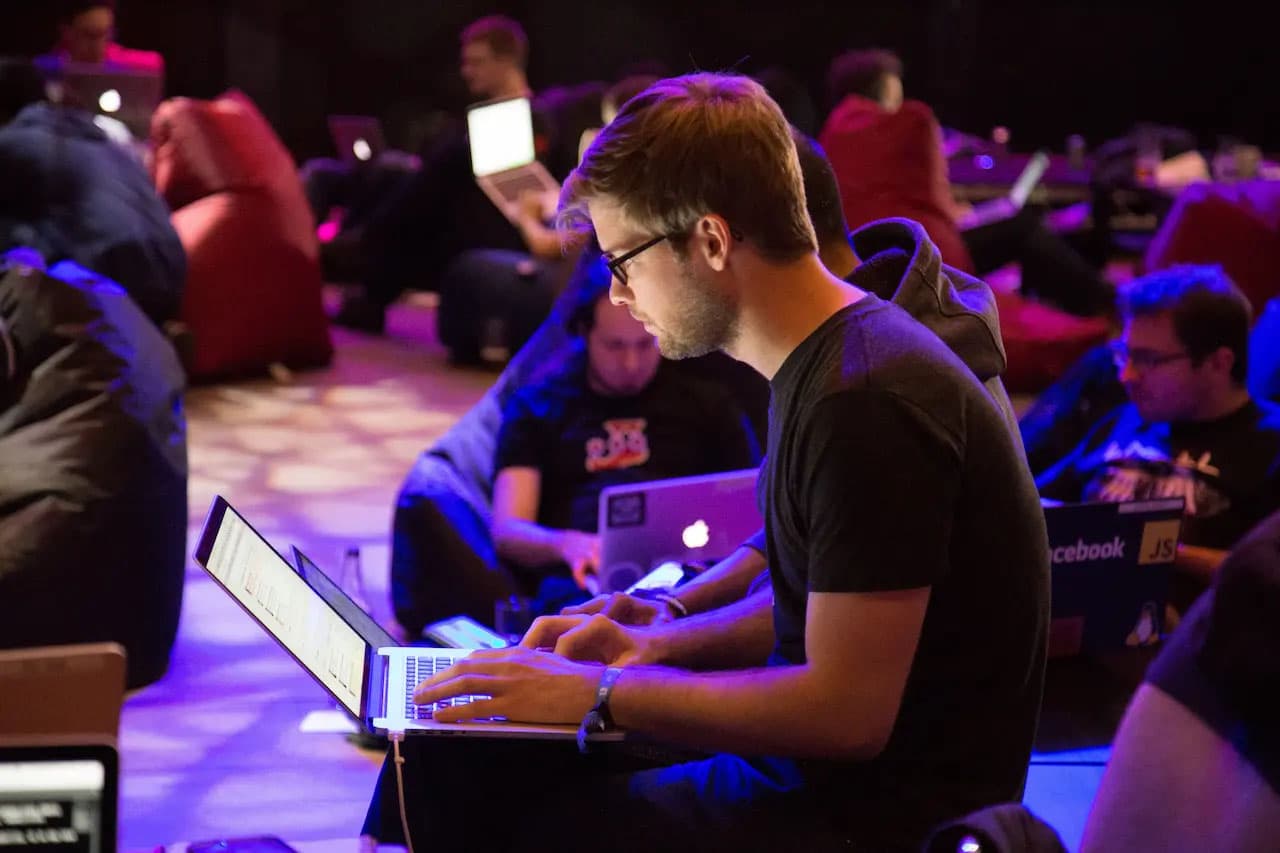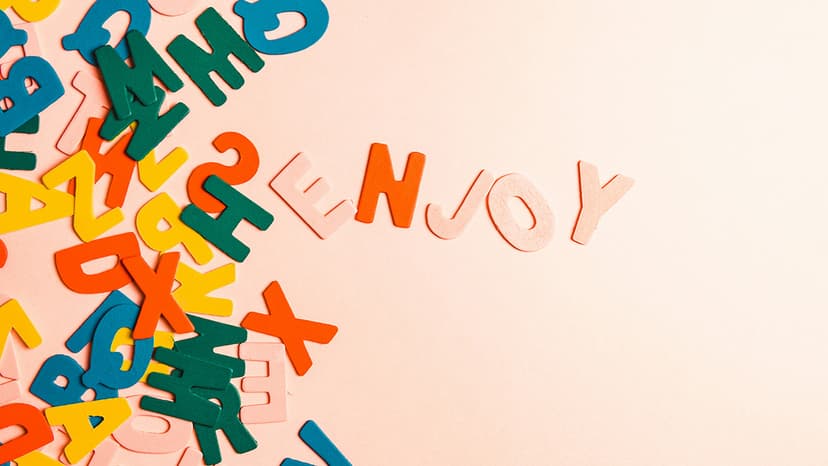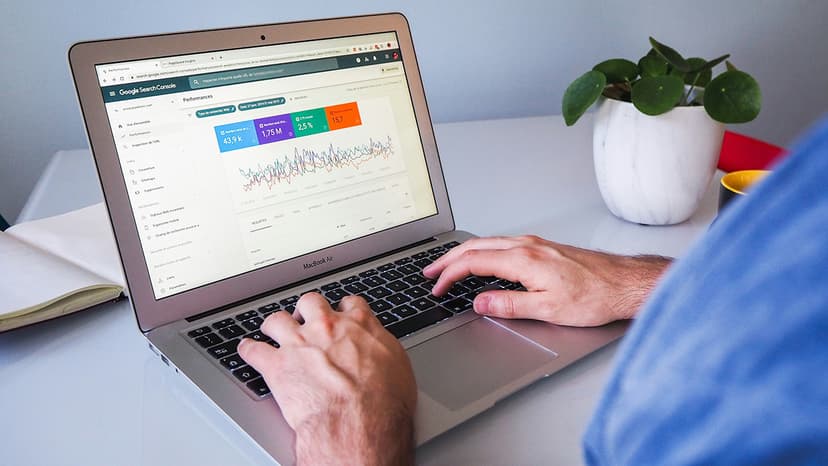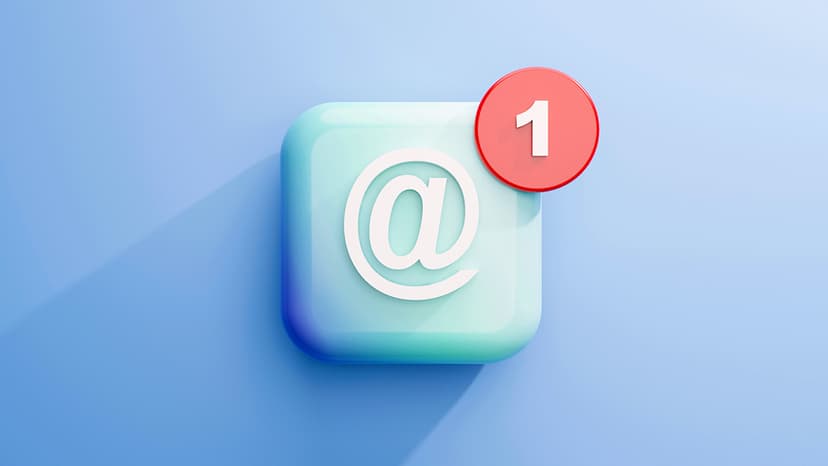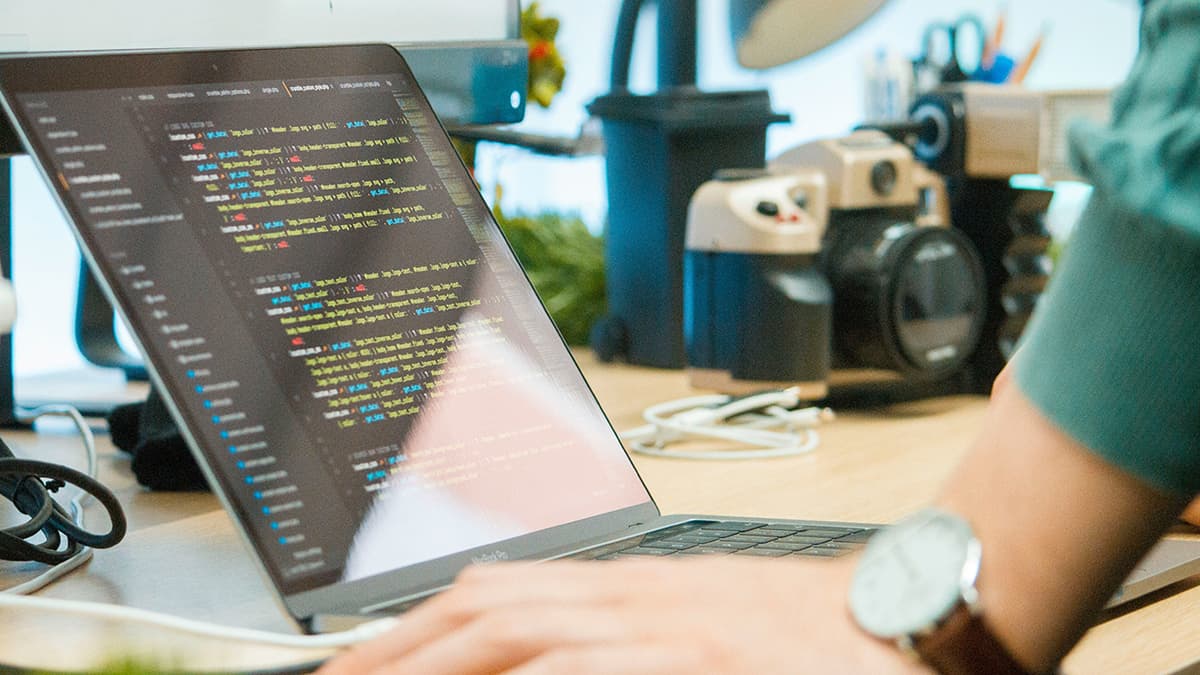What is the Scratch Programming Language?
Scratch is a visual programming language designed primarily for kids. It allows users to create interactive stories, games, and animations. Developed by the MIT Media Lab, Scratch uses blocks that snap together. This makes it easy for beginners to learn coding concepts without needing to write complex text-based code.
Scratch's interface resembles a digital canvas. Children drag and drop colorful blocks that represent commands. For instance, a block can control how a character moves or what sounds to play. This simple approach helps spark creativity. Kids can share their projects online, encouraging collaboration and learning from others.
Can people who use Scratch be taken seriously? Absolutely! Many educators recognize Scratch as a powerful tool for teaching programming. It helps develop critical thinking and problem-solving skills. Students using Scratch often progress to more advanced languages like Python or Java. Some even create impressive projects that are showcased at events.
Scratch is not just for kids; adults and educators use it too. They see its value in teaching coding and computational thinking. Scratch has a vibrant community that supports its users. The skills learned in Scratch provide a solid foundation. They can lead to serious careers in technology and beyond.
